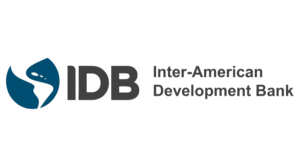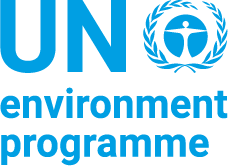
The objective of the toolkit “Driving Change through Public Procurement” is to enable public procurement policy makers, buyers and contract managers to implement requirements to promote respect for human rights by their suppliers. The toolkit highlights how such requirements can be incorporated across different stages of the procurement cycle, outlining a general approach relevant to different legal and market contexts that can be adapted to national specificities. The toolkit offers specific guidance for (1) policy makers and (2) procurement practitioners.
Lifecycle Phase(s): ProcurementThe provision of goods and services to realize a project are tendered and closed.
Type(s) of Tool: GuidelinesOperationalize sustainability principles, less specific than Benchmarks or Rating Systems.





